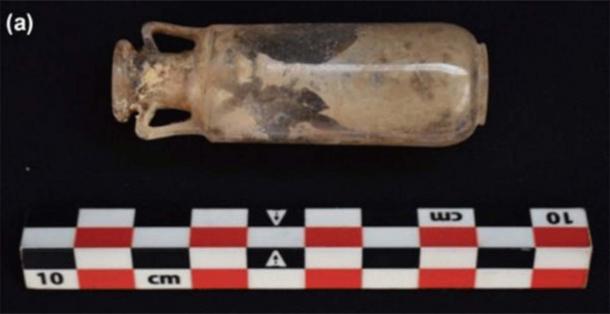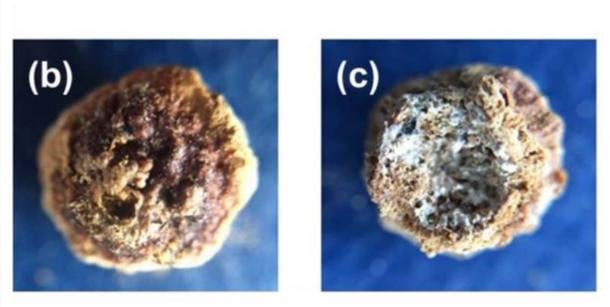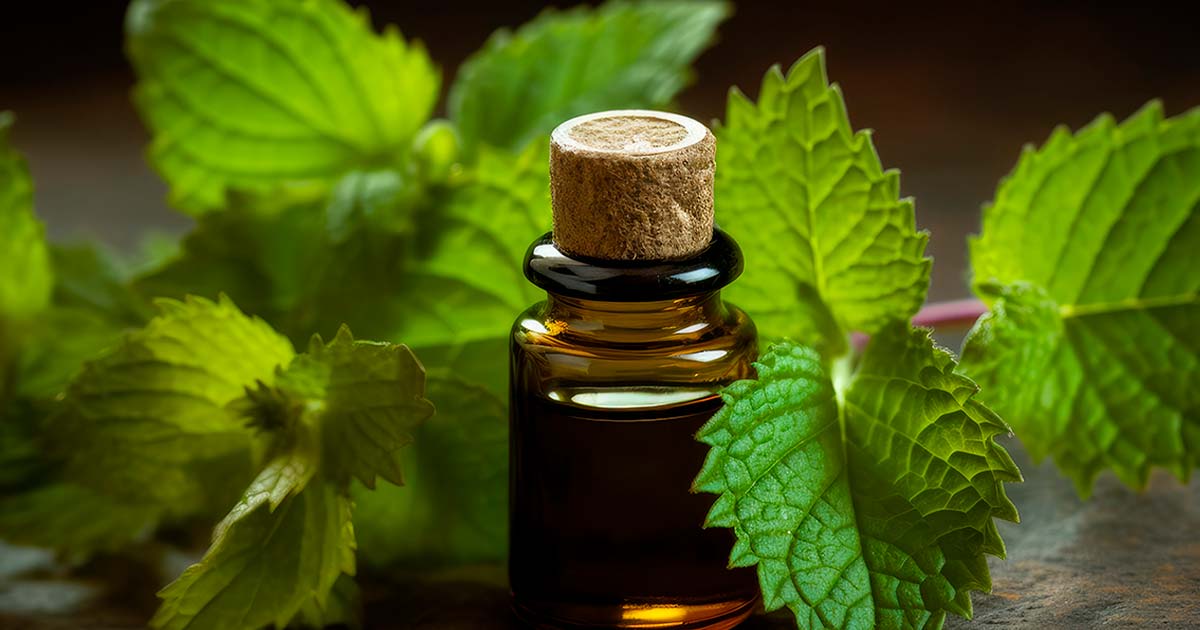The Scent of Patchouli Perfume Filled the Air in the Roman Empire
After analyzing chemical traces found in a small vessel recovered from an ancient Roman site in the city of Carmona, Spain, a team of researchers from the University of Cordoba has identified elements of a Roman perfume that was worn more than 2,000 years ago. The scientists have concluded that the ancient Roman perfume was composed primarily of patchouli, an essential oil that would have been harvested from an Indian plant known as the Pogostemon cablin.
Patchouli only grows in the tropic climates of southern and southeastern Asia. This means it would have been imported into Roman territory and sold in products crafted for wealthy patrons who craved access to exotic ingredients.
“Although archaeological excavations have recovered a large number of vessels used to hold perfumes or ointments in ancient Rome, little is known about the chemical composition or origin of the substances they contained,” the University of Cordoba scientists wrote in an article about their study in the journal Heritage.
- Cleopatra’s Perfume Recreated – A Scent That Once Masked The Odor Of Sour Donkey Milk!
- AI Bot Will Sniff Out Historic Smells to Recreate Ancient Smellscapes
“Most available information pertains to ointment and/or cosmetic bases rather than to essences. To our knowledge, this may be the first time a perfume from Roman times has been identified, which is a major advance in this field.”
Patchouli is known for its powerful, earthy scent, and it is still used in perfume-making today. But up to now no one had any idea they were using it to manufacture perfume at the time of the Roman Empire.

The Unguentarium crystal quartz vessel found in the mausoleum during excavations in Carmona, Spain. Analysis of the stopper revealed traces of an ointment which have revealed the ingredients of this ancient Roman perfume. (University of Córdoba / CC BY 4.0)
Patchouli in Ancient Times: A Roman Perfume and Elite Fragrance
The jar that contained the perfume was discovered in 2019, during exploratory excavations that were launched as part of a housing project in the city of Carmona (known as Carmo when it was a Roman possession) in the province of Seville.
Archaeologists involved in these digs were surprised and delighted to discovery an ancient elite tomb dating to the first century AD. Inside this elaborate mausoleum they found an assortment of high-quality grave goods plus a half-dozen cremation urns, the latter of which were made from blown glass.
Hidden in one of these fancy urns they found a small, sealed vessel made from crystal quartz. When the stopper was removed from this container, the researchers discovered traces of some kind of ointment inside.
The elements of this substance were extraordinarily well-preserved inside the finely-made crystal quartz flask, which was clearly an item manufactured for the use of a wealthy and important person. A study of the skeletal fragments in the urn revealed it had been used to hold the remains of a woman aged 30 to 40, who presumably had been entombed besides other members of her aristocratic family.

Stopper after removal from the sealed flash discovered in the tomb. Tests have revealed the ingredients used in the ointment, providing clues to the recipes of Roman perfumes over 2,000 years ago. (University of Córdoba / CC BY 4.0)
Unearthing a Remarkably Preserved Roman Perfume
The sealed flask and the perfectly preserved ointment were a rare find. To unlock the secrets of the ointment’s chemical constituents, a team of experts from the University of Cordoba, led by Professor of Organic Chemistry Jose Rafael Ruiz Arrebola, performed a series of tests on the substance in their school’s laboratory. With the able assistance of fellow researchers Daniel Cosano and Fernando Lafont, Ruiz Arrebola was able to identify the ingredients in the ointment to a high degree of probability.
The researchers used x-ray diffraction, gas chromatography and mass spectrometry to study the ointment samples, and detected two components. One was a base or binder made from vegetable oil, likely olive oil, which would have been used to preserve the perfume’s aroma indefinitely. The second was the essence of the perfume itself, conclusively shown to be patchouli extracted from the Pogostemon cablin plant.
Interestingly, these testing procedures also allowed the scientists to confirm that the flask’s stopper had been made from dolomite, a hard sedimentary rock made from calcium magnesium carbonate. They also found that the stopper had been coated in bitumen, a sticky petroleum-based substance that would have been added to ensure the stopper fit snugly in the top of the quartz flask. According to the University of Cordoba scientists, the creation of this airtight seal is what kept the ointment (perfume) so perfectly preserved despite the passage of more than 2,000 years.

Pogostemon cablin patchouli plant leaves, the plant used to create the Roman perfume discovered in the Roman tomb in Spain. (Stephen Orsillo / Adobe Stock)
The Surprising Popularity of Perfume in the Roman Empire
Perfumes were heavily used in the lands of ancient Rome, primarily by women but also to some extent by men. They often came in the liquid form that is most familiar to perfume users today, but fragrant ointments that could be applied to different parts of the body were also manufactured. Essences were extracted from a broad range of flowers and herb plants ( Pogostemon cablin is a type of mint), many of which were imported from the east.
- Perfumers in Turkey Replicate a 3,200-Year-Old Mesopotamian Perfume
- 3,200-Year-Old Mesopotamian Perfume Recreated from Ancient Text
While perfumes were frequently used as scents or deodorants, they were also applied as remedies for various types of illnesses, including stomach problems or fever. They were also used as home air fresheners and even to help preserve food in some instances.
Even though all of this is well-known, researchers hadn’t previously been able to find intact specimens of ancient Roman perfumes or perfumed ointments. The discovery that the Romans were using patchouli as a decorative fragrance is a significant revelation, linking their perfuming practices with those that have survived to the modern day. If modern observers were able to travel back in time to visit first-century Carmona, they would undoubtedly find the scents of the city’s patchouli-based perfumes quite familiar.
Buoyed by their discovery of an authentic ancient Roman scent, the University of Cordoba researchers are performing additional tests on substances recovered from the newly discovered mausoleum in Seville. For example, they are currently analyzing the chemical contents of pigments used in the tomb’s wall paintings, hoping to learn more about ancient Roman artistic practices.
Everything inside the 2,000-year-old mausoleum has been preserved in nearly pristine condition, offering scientists and ancient historians a unique opportunity to further explore the fascinating culture of Roman-era Spain.
Top image: The discovery of remnants of an ancient Roman perfume in a tomb in Spain could be the first time a perfume from Roman times has been identified. Source: sderbane / Adobe Stock
By Nathan Falde



















